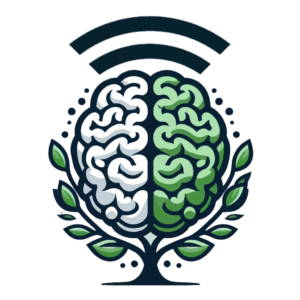Both educators and society have work to do in the scope of supporting disabled learners. But how can education and disability policy best serve disabled learners, and also support those learners and their families?
To truly understand disability, one would have to be disabled, in order to grasp the lived experience of existing in a world that continues to shame those who are vastly different. Society has placed a burden of cause onto those who move, breathe, and exist in a way society sees as the unknown.
The impact of how disability is talked about is crucial to how disabled people are accepted in communities where they live their daily lives. Education is a first step into furthering thinking and intensive thought of disabled people as persons, but even more so for disabled people who bring with them ideas and thoughts that could possibly change history.
Being able to support students when they have additional needs like disabilities means understanding them first as individuals, and following that up with understanding their needs regarding education. Education itself is about learning and understanding the world around us—yet when disability is thrown into the discussion (or vice versa), that interplay is not something that is often explored further. Disability policy is one topic that can guide the way of opening the door to bring change within the education system, so disabled students have a chance at being given the same quality of education as their non-disabled peers.
Cost is something that most educators, families, and Congress members look at with regards to the education of disabled students, including both what it could cost them to include disabled students, and the resources they may need to help them through their schooling years. Cost varies by state and by department, and this affects how students’ receive educational needs.
In Wisconsin, and for students with significant disabilities, most schools have to apply for a High Cost Special Education application for resources like aides or special transportation. This application allows administrators and teachers to apply for funding from the previous year for the current year. The application ranges in price but for the years 2024 and 2025, the funding has mounted to $14,480,000. This exact amount can change depending on how many students each school has, and whether each school has enough resources for their disabled students.
This cost is one factor of why disabled students aren’t always included in their communities and schools. Stigma and stereotypes about disabilities are also a major component of exclusion for them. When a topic of disability is brought up, it is rarely actually disabled students and people taking control over the narrative. Oftentimes, disability is described in a deficit way, rather than in a way that acknowledges and accepts all needs and wants of disabled people.
Funding is an aspect of gathering community support of disabled students, yet it can impact how much community support they can get. Funding through schools, community centers, and even personal effects is very much dependent on the specific disability or disabilities of the student, their economic background, and other factors. Sometimes disabled students are only given what is available based on school funding, as well as outside school funding.
For parents and teachers, they often meet their first disabled person through their child or student. They are unlikely to encounter a disabled adult besides their student or child, unless they have disabled friends or relatives. In society, disability is too often sadly a forgotten tale left alone like discarded leaves from a tree. Disability representation is important to into consideration when seeking support and access into community spaces. Lots of various factors to support disabled students are taken into account, and nothing can be left out in means of how to best support disabled students and their families.
By providing a support system for both parents and disabled students, both parties can achieve community care through local services such as the Department of Vocational Rehabilitation (DVR). This organization is a workplace-oriented program that helps disabled students and adults teach their goals mainly for the workplace but can also provide assistance with higher education.
Funding for DRV comes from state government to help provide disabled partons with support during and after school. These types of programs can offer support to families who may not be in a place to receive higher quality of services. DVR and other similar programs can offer families a quicker service than programs with long wait lists. Oftentimes, factors like underfunding and understaffing can add to the barriers of receiving high end care. Sometimes families are given what they can get in their current time because higher-end programs require more in-depth reviews and more staff that specialize in certain care for significant disabilities.
Overall, building community care requires more resources than a state like Wisconsin can give. What’s available, like the aforementioned programs, are what families can access at that time. Funding, staffing, training, and more all goes into building quality care—and sometimes factors like racism, discrimination and such can hinder families from low income environments as well preventing Black and Brown families from accessing high quality supports they are entitled to for their or their loved one’s disability. To understand how families and schools can receive care supports and community services is understand where and how they got there in the first place.

Resources
If you would like to support Kaishawna, please donate to www.paypal.com/paypalme/kaish470.


